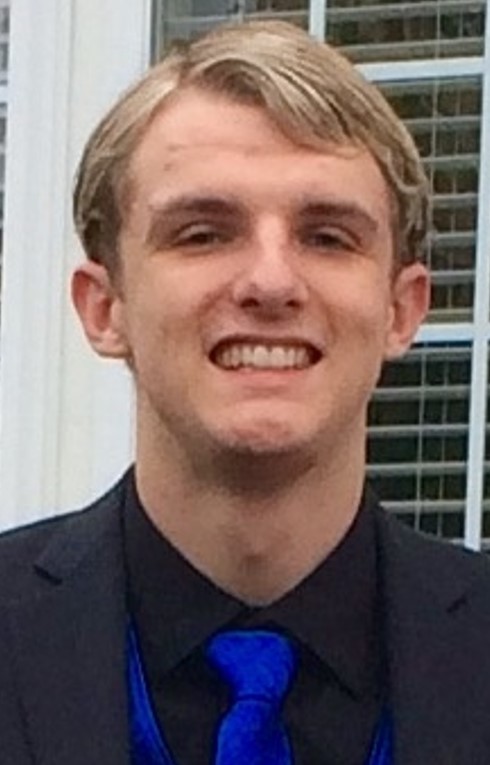Below is a summary of the abstract you submitted. Presenting author(s) is shown in bold.
If any changes need to be made, you can modify the abstract or change the authors.
You can also download a .docx version of this abstract.
If there are any problems, please email Dan at dar78@pitt.edu and he'll take care of them!
This abstract was last modified on May 5, 2017 at 9:37 a.m..

UMW Phage Hunters classes have been isolating phages from Bacillus hosts since 2011. Our host this year was B. thuringiensis subsp. Kurstaki, which has been used as microbial insecticide for pest control and is used as a simulant for Bacillus anthracis in biowarfare/bioterrorism studies. Of the 20 phages isolated this year, two (Cletus and Escavirius) were sequenced. Both were isolated from enriched cultures, both were myoviruses, and Cletus was found in soil from Dunn Loring, VA, while Escavirius was isolated from soil collected in Blacksburg, VA. Cletus has a genome length of 161,543 bp, which autoannotated with 298 features, a direct terminal repeat of 2,070 bp, and a GC content of 38.8%. Cletus is most similar to NotTheCreek, Kida and Hakuna by BLAST. Escavirius has a genome length of 161,795 bp, which autoannotated with 295 features, a direct terminal repeat of 2,818 bp and a GC content of 38.7% and is most similar to Megatron, DirtyBetty and SageFayge. Neither phage contained any tRNA genes when searched with tRNA Scan. During the spring semester, the class also participated in the Mycobacteriophage host range project, testing 30 phages on both Mycobacterium smegmatis (the original host) and Mycobacterium aurum (ATCC 23366). All of the phages were able to produce plaques on M. smegmatis, but none of them produced plaques on M. aurum, indicating that these two bacteria are apparently not closely enough related for the phages isolated on one host to recognize the other. M. aurum does contain at least one restriction endonuclease, as identified in GenBank, but it is not known whether the restriction/modification systems in M. smegmatis and M. aurum could account for the incompatibility in hosts, or whether a receptor is missing on M. aurum or some other mechanism accounts for the host range restriction.


